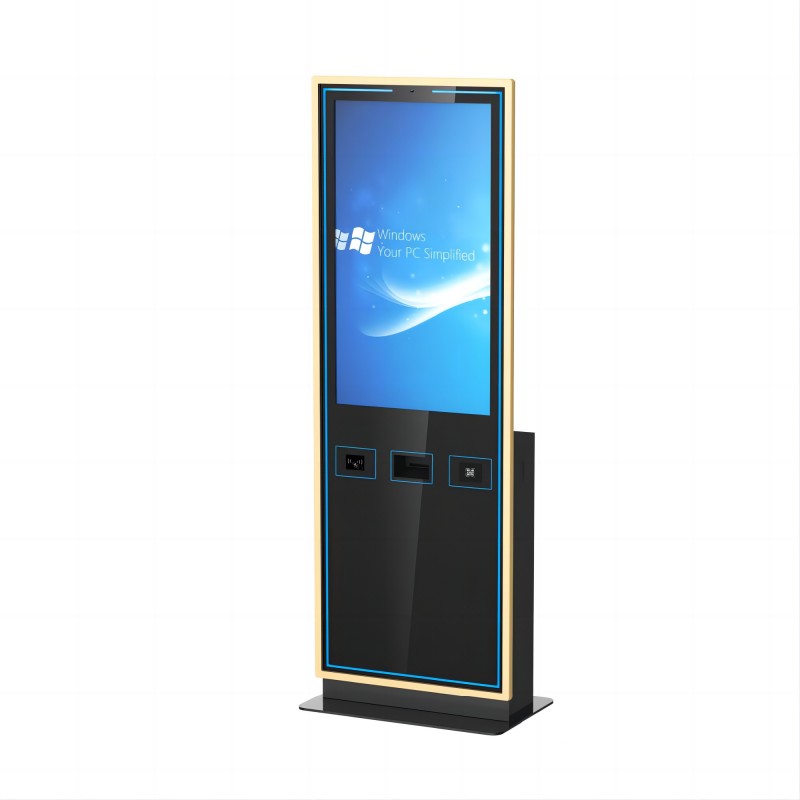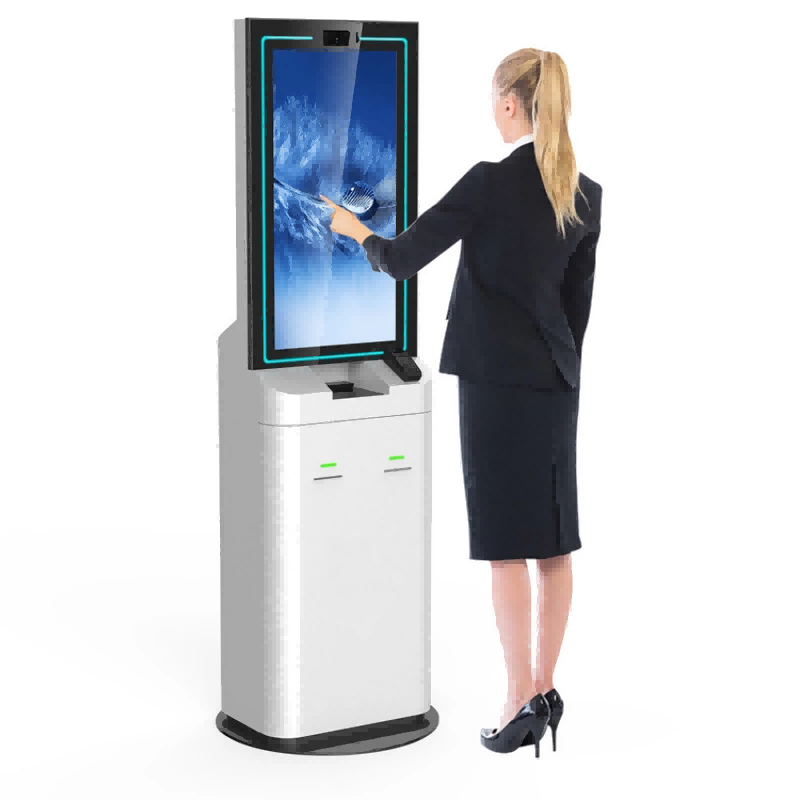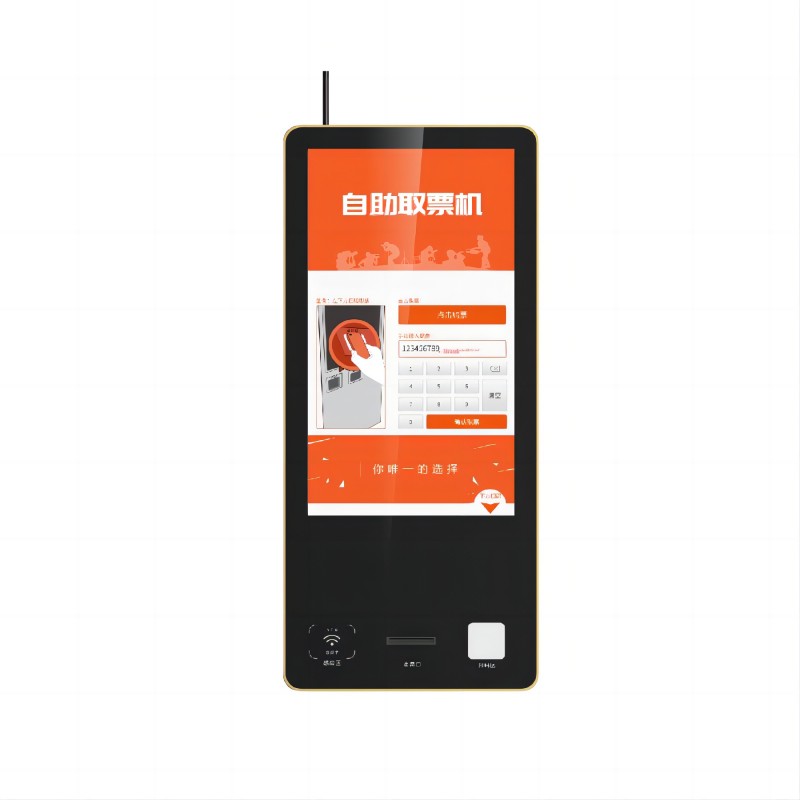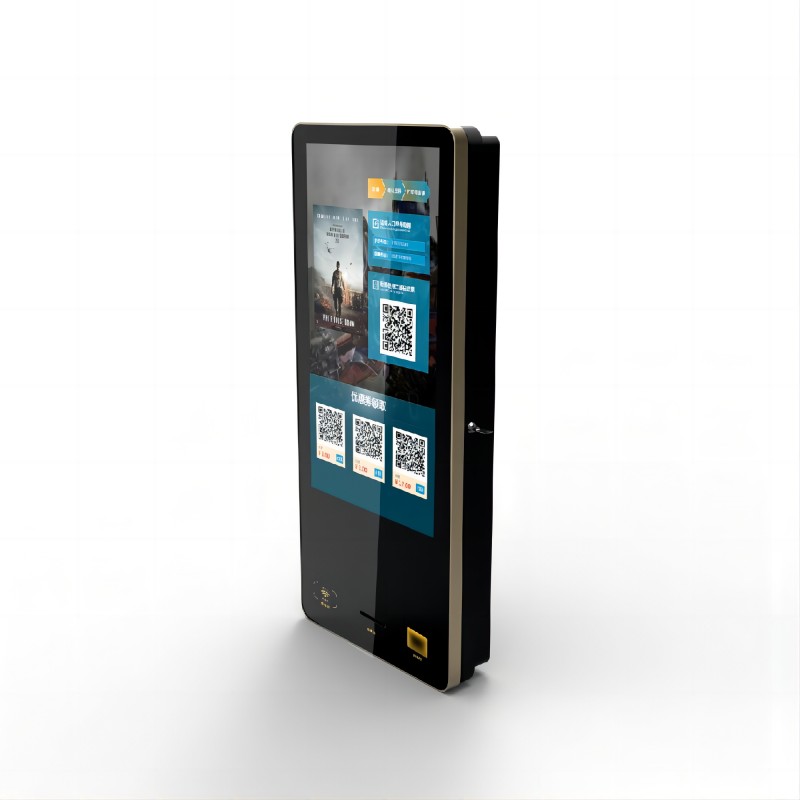Find Any Kiosk Machine You Need And Contact Lean Kiosk Now
All Products
Select Any Product
- Request A Quote Now









What did our happy clients say?
The Android kiosk mode we purchased exceeded our expectations. It's secure, user-friendly, and highly customizable, making it perfect for our needs. Excellent support from the manufacturer!
We've been using this Android kiosk mode for months and are thrilled with its performance. Easy to manage, seamless updates, and exceptional reliability. Great choice for our business!
Impressed by the Android kiosk mode's flexibility and security features. It integrates smoothly with our systems and provides a seamless user experience. Highly recommend this manufacturer!
Our new Android kiosk mode is fantastic! It offers robust security, easy setup, and great support. The customization options are perfect for our brand. We're very satisfied with the purchase!